Crops
-

While a lot of the hype on social media this week (at least among meteorologists) has been the potential for snow somewhere in the Southeast or on the East Coast, the bigger story for most of us is going to be the coming cold weather, according to James Spann, well-known Birmingham meteorologist. The conditions he…
-
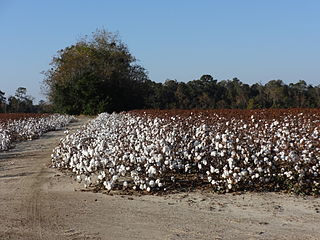
The Southeast Farm Press published an excellent review of cotton production across the United States earlier this week. The story highlights how important the weather and climate are to the yields producers got across the country. Sometimes just a few inches of rain is the difference between an excellent crop and none at all, when…
-
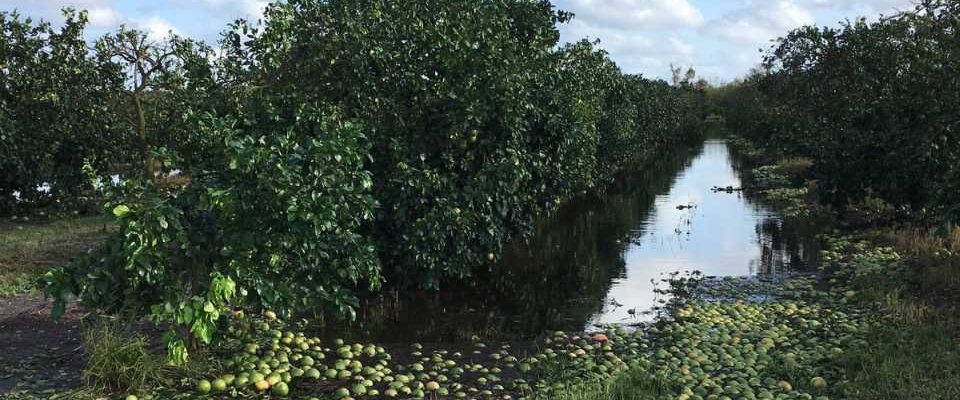
The string of weather-related disasters that has hit the United States this year has caused a lot of problems for farmers across the country, leading to big decreases in the yield of citrus and rice as well as the culling of cattle due to drought. Here are a couple of articles that described some of…
-
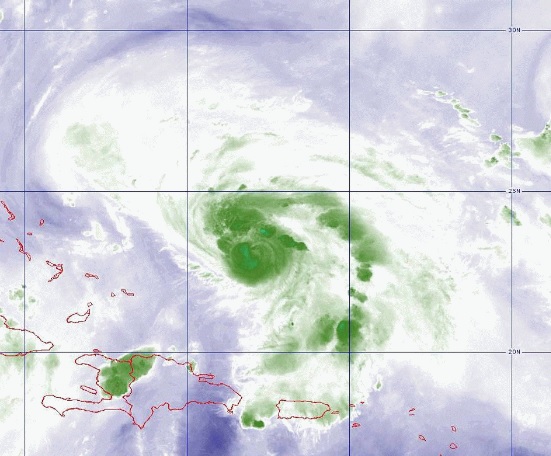
In this blog I often write about the damage caused by tropical storm such as Irma, Michael, and Ian. But I don’t often see stories about how the affected farmers are recovering from their losses. Here is a Southeast Farm Press story about the Bahamas that makes me feel very good about the role that…
-
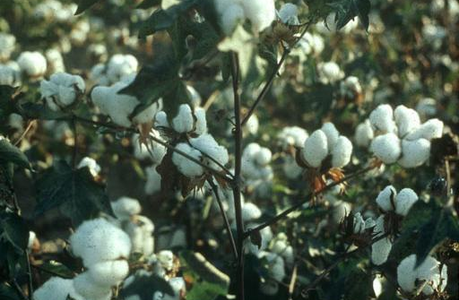
I came to Georgia from the Midwest, and one of the things I had to learn about once I got here was what the crops and the growing conditions were like. One of those crops is cotton, one of the biggest agricultural products in the South. This article was written by Campbell Vaughn, UGA Extension…
-
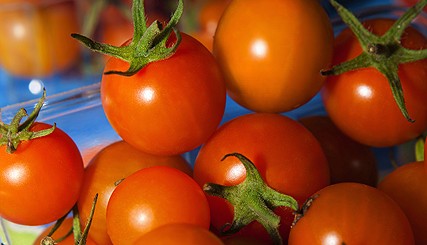
Hurricane Ian caused a lot of agricultural damage to central Florida when it crossed the peninsula earlier this year. The biggest damage was to citrus, but many vegetable crops also took a hit. Clint Thompson discussed the resulting loss in tomato supply due to the winds knocking off tomatoes and flowers from the plants in…
-
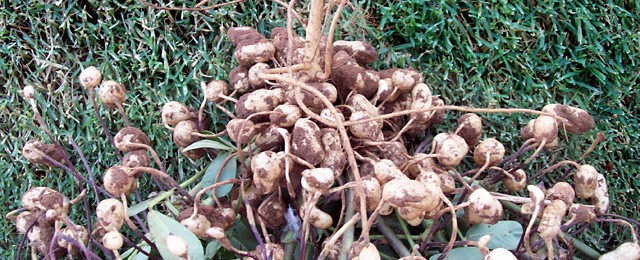
The weather across the country in various peanut-growing areas was one of the key factors that affected peanut yield this year, according to an article this week in Southeast Farm Press. Many acres in Texas had to be abandoned due to the extreme drought there, while in the Southeast, weather may have been a factor…